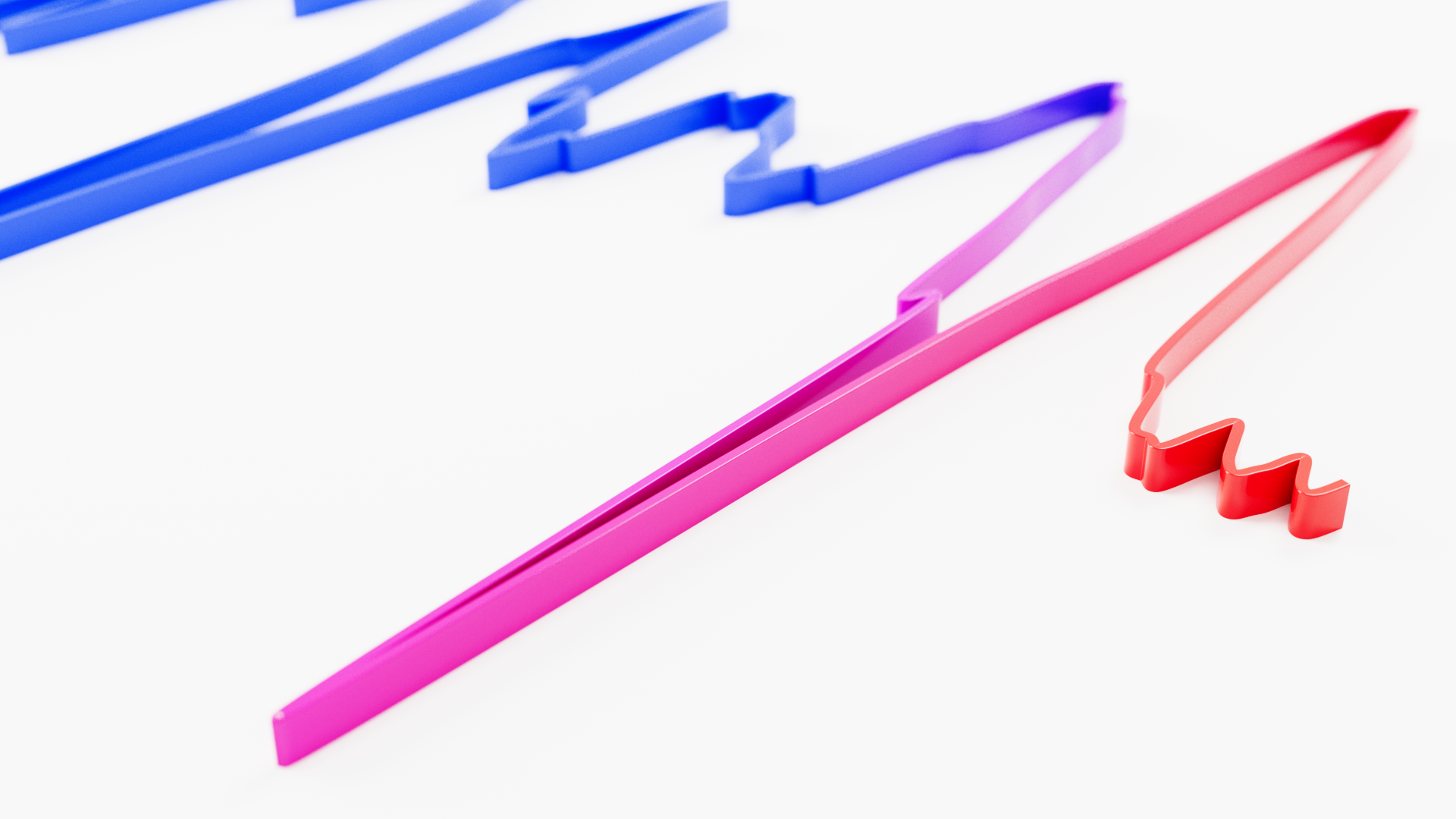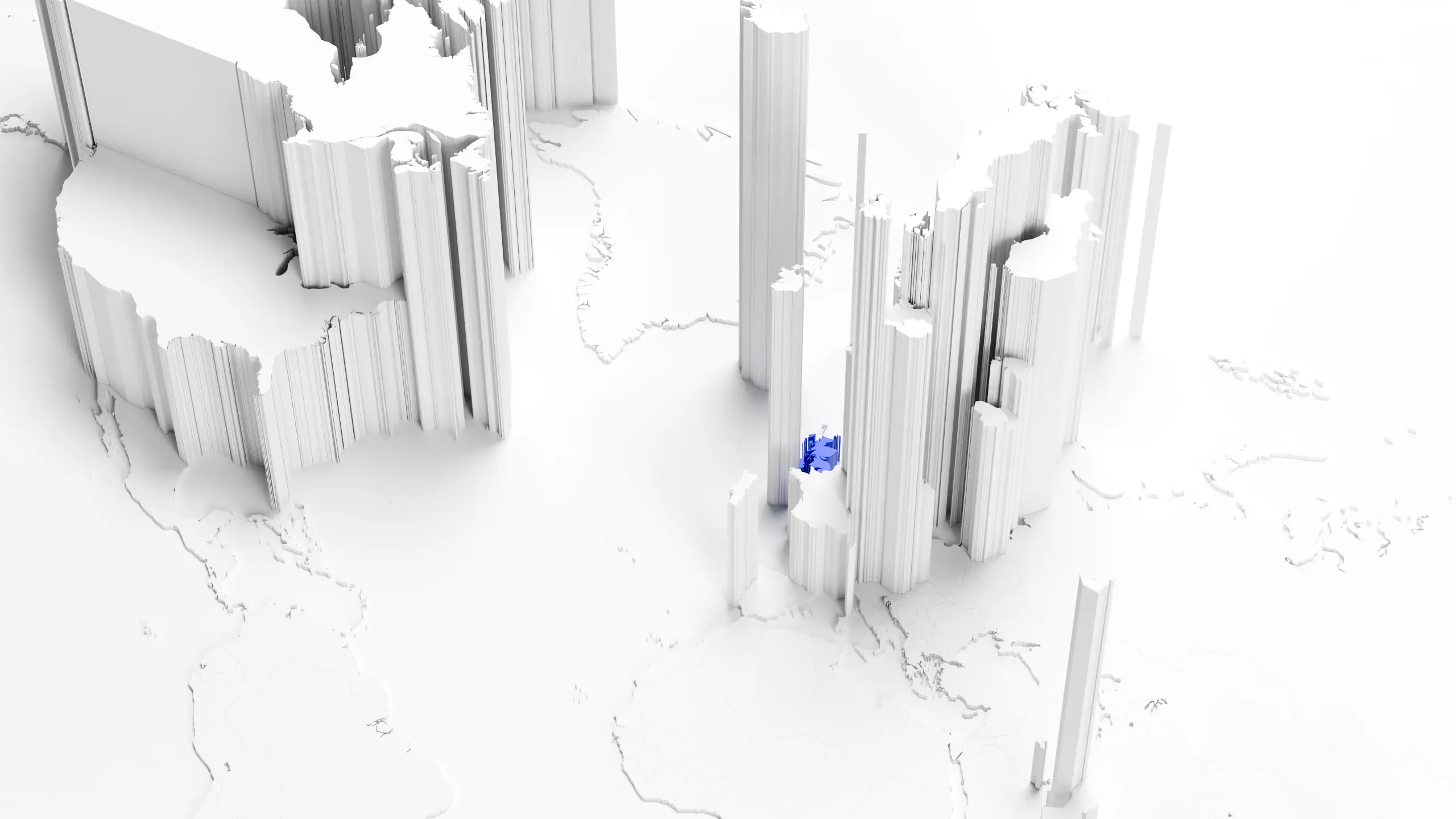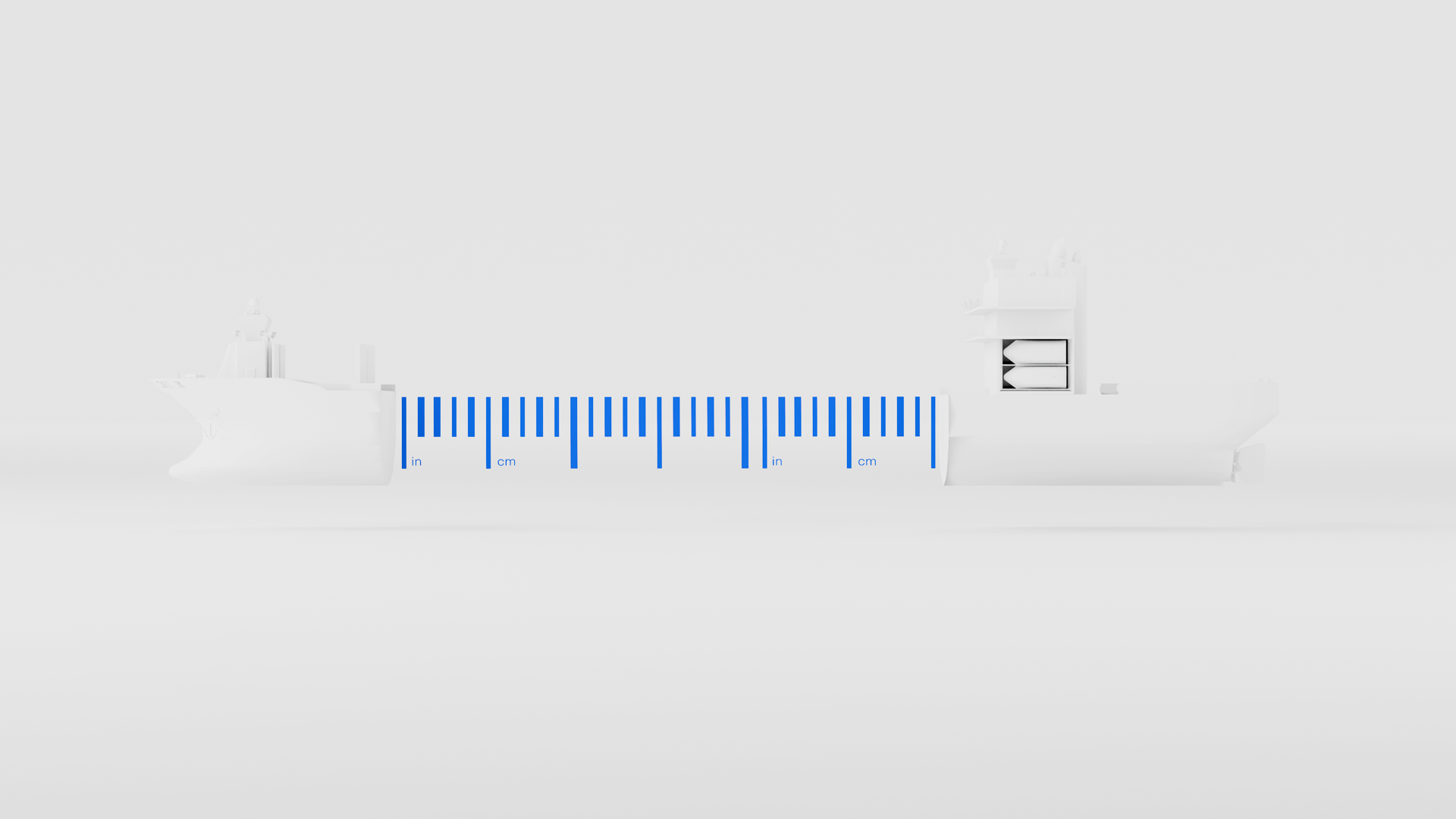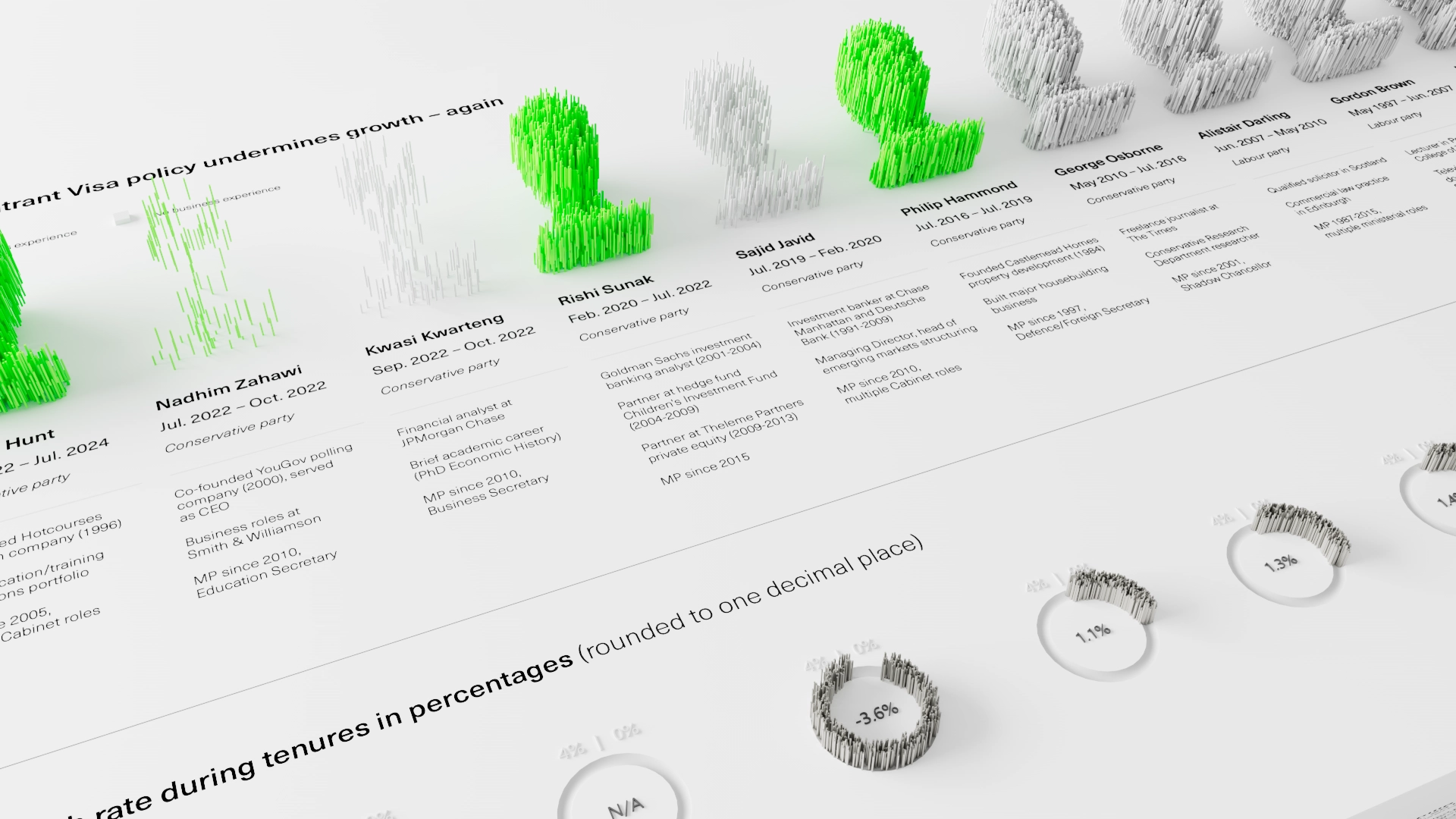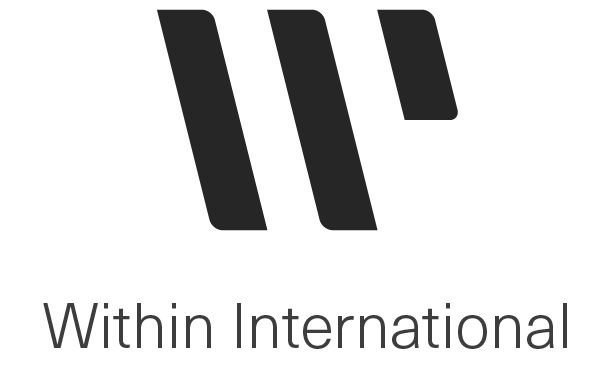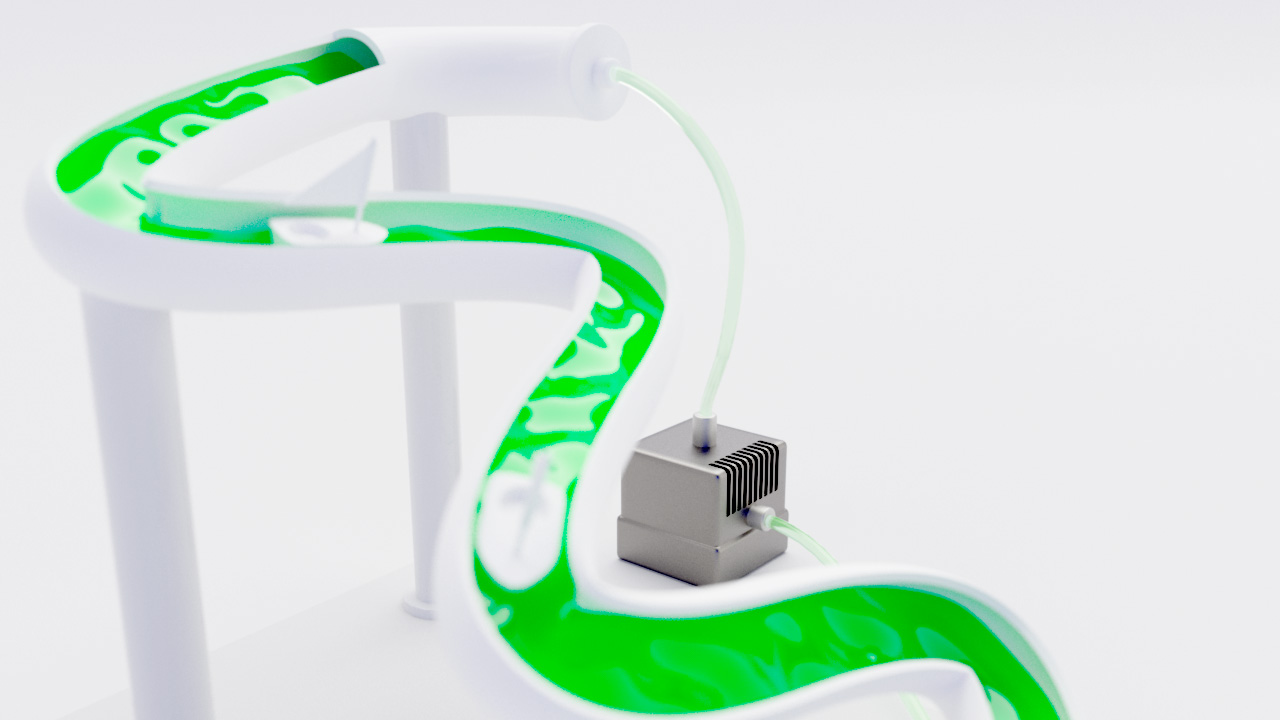
I always had the best school projects growing up. Around age 10, my teacher set homework to construct a prototype theme park ride under the supervision of our parents. I can’t remember all the parameters, but it was meant to demonstrate our understanding of basic physics.
My classmates came to school with some solid attempts. And there was, of course, a proportionate number of toilet roll and pipe cleaner monstrosities. I came to school laden with a 2ft tall, silicone-sealed water slide with a fully functioning pump and a fleet of vessels for my fictional theme park customers to ride. I’ll let you decide how far my dad stretched the concept of “supervision”.
My parents were (and still are) huge proponents of the value of effort. Going the extra mile. Baking the third type of cake for the dinner party in case someone doesn’t like the first two. This mindset has become a core part of my identity, and I have benefited from it – and agonised over it – through my academic years, my career and in my relationships.
Now – the water slide story is not the perfect analogy for my next point, but it is a story I love to tell. Maybe it made you smile. Maybe it kept you reading a little further than if I opened with a marketing metric (… be honest). Or maybe you were the kid with the toilet roll rollercoaster, and I’ve resurfaced a painful memory. Sorry about that.
The bit you expected from a LinkedIn article
I speak to clients every day who are being asked to do more with less. Less budget, less time, less resource… less effort.
Effort is something we have started to stigmatise as a waste. And I’m not referring to making processes more efficient or more sustainable, because that would also imply the examples below are more effective. I’m referring to the effort it takes to do something properly: a brand with a rigorous discovery phase rather than working from assumptions; a high-quality film with a storyline people will engage with instead of user-generated phone footage; people photography of your actual people in their actual working environment rather than generic stock imagery; or crafting messaging that’s evocative and authentically yours instead of defaulting to AI-generated content.
One of the biggest challenges our clients face is advocating for the business value of brand efforts to their internal budget holders. And I recognise that our industry is at least partly at fault for undervaluing the outcomes of our work beyond the superficial (and highly subjective) aesthetics.
When I came across the theory of costly signalling last week, I was inspired. Some actual behavioural psychology to have in the arsenal.
Costly signalling theory, as defined by the Encyclopaedia of Evolutionary Psychological Science, proposes that animals (including humans) may send honest signals about desirable personal characteristics and access to resources through ‘costly’ behaviours that would be hard to fake. In the animal kingdom, the peacock’s extravagant feathers are often cited as an example of this: “wasteful ornaments in many species such as peacock’s tail, which are costly as they are expected to have metabolic cost and increase predation risk, are honest signals which advertise the signal producer’s quality as a potential mate” (Smith, J. M. & Harper, D., 2003).
In human behaviour, this ‘cost’ of proving our desirable characteristics can refer to time, effort, energy or money. In simple terms, we are much more likely to believe that something is high quality, true or important if we can identify the effort behind it.
You can see why it resonated with me. And judging by the volume of marketing blogs, articles, and forums I came across, it has also resonated in the business context. Although, like most marketing theories, the articles I found only cited B2C examples. For the money metric: luxury brands verify their premium pricing with expensive retail locations and advertising placements, sponsorship of major events and celebrity endorsements. For the time and effort metric: quirky, personable brands that pride themselves on their witty copywriting and elaborate PR stunts to prove they are relatable and fun.
But professional services operate differently. The costly signals that work aren’t flashy peacock feathers; they’re ‘pronking’ gazelles, which exert enormous amounts of energy to leap in the air when they spot a predator to prove they are fit and not an easy target. (If I have taken the animal metaphor too far…) the costly signals for our clients need to be much more substantial and rational. An effort that cannot be faked.

The bit that explains how it applies
I have seen clients invest millions in a tool or infrastructure, but baulk at the idea of allocating a fraction of that in the promotional material that could lead to its effective adoption. Or, in a campaign that could lead to significant behaviour change or a brand that could elevate the organisation’s position in the market. This is not because the decision-makers aren’t forward-thinking or conceptual enough, but because investment in brand is much harder to calculate and therefore justify.
“B2B companies [that prioritise marketing] are more than twice as likely to experience greater than 5 percent revenue growth.”
– McKinsey & Company, n.d.
It’s safe to say that most of us instinctively recognise that successful companies tend to look slick. But do all business leaders recognise their investment in visual identity and communication strategy as a business imperative, or are they still viewing it as a ‘luxury’ purchase? The yacht you buy because you have run out of other, more utilitarian investments and you’re feeling a little extravagant.
But costly signalling is not flaunting.
It shows confidence, sure. But it shows confidence in a way that permeates into your buyer’s subconscious. It’s strategic. Like the pronking gazelle, it shows your clients that you are financially, intellectually or resourcefully fit enough to invest in your brand and therefore invest in your future. There’s very little immediate benefit for you. Brand equity and client loyalty take time. So you must really mean it.
And if you’re unsure whether psychology has a place here. Remember that, as much as the term “B2B” itself implies otherwise, human beings are still buying your product or service. And people are not rational. People buy expensive magnesium cream that smells like lavender, comes in a nice, amber glass bottle, is sold by a lady called Jo from Frome and promises to help them sleep better even though a magnesium supplement is a much cheaper and more efficient way to get your magnesium intake (me, I am the “people”). And if that example is too niche, please read Rux’s article on how successful brands win us over by building trust on a cognitive level.
The bit about AI that you have come to expect from every LinkedIn article
As mentioned, costly signalling has been studied thoroughly, and the context of marketing has been applied by many in the industry.
But what I couldn’t get out of my head was how AI would influence its effects. Using ChatGPT for your content creation isn’t particularly costly and certainly doesn’t require much effort or time. Will costly signalling become null and void, replaced by ‘efficiency signalling’? Will signals that were once reliable indicators of quality and intent be replaced by that which is AI-generated?
Or does the increased prevalence of AI-generated thought make the genuine signals more valuable? Will time, effort and money need to be proved in increasingly more novel ways?
AI can’t build you a water slide – yet. So, where’s the opportunity? How do you provide genuine expertise? How are you going to prove that you actually care?
How can costly signalling be utilised by marketeers or internal communications professionals who are increasingly being put under pressure to spend less (and have the tempting gleam of ChatGPT on their periphery)?
The practical bit
I have some ideas. And I’m keen to hear others.
- Be clever. Clever takes times. Clever shows effort. Clever cannot be faked or AI-generated. And yes, sometimes clever is expensive.
- Show your working. Radical candour is another of my favourite philosophies. It can work just as well in the brand context – show the behind-the-scenes, the inspiration.
- Be bold(-er). Not without research, not without consideration. But maybe look across the sea of ubiquity and consider doing something different to your competitors, even if it feels a little risky.
- Invite your clients to collaborate with you. What can you partner on together that will be of mutual benefit and evolve the relationship?
- Be consistent and thorough across every touchpoint. Don’t just care about quality, live it. Yes, even on the signage at the coffee station in your office.
- Don’t settle. There should be a good story or hook behind your brand, thought piece or marketing campaign. Something that acts as a conversation starter with your clients, and maybe, just maybe, something you want to tell your friends about too.
- And most importantly, tell the story and tell it well. This one is a little obvious… but if you have put time, effort and money into something that is important to your business, you need to tell people about it. The investment only becomes a signal if it’s observable. Document your process. Share the learning. Dare I say… entertain? It will make your clients feel good about working with you.
Your clients can sense the difference between genuine investment and marketing theatre. They know when you’ve done the hard work and when you’ve taken shortcuts. They recognise when you’ve put skin in the game.
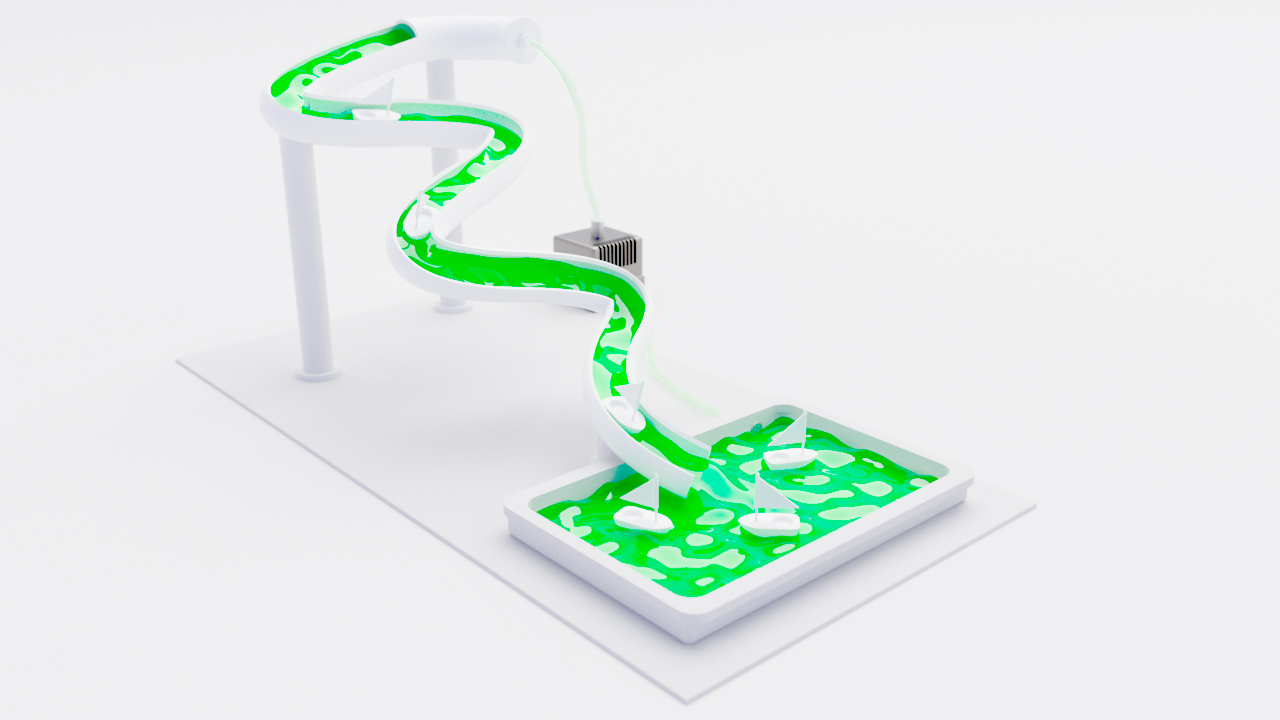
The bit that takes full circle
Going back to the water slide story because I can see I have left it open to misinterpretation.
The water slide is not an example of how costly signalling benefited my school grades. I’m fairly sure a lesser theme park prototype would have served me just fine.
It was my dad’s costly signal to me. It was him putting in the time and effort, the trips to Home Depot (B&Q for the Brits) to help me with a school project – to show he cared and was committed to something that mattered to me. And that return on investment is immeasurable.
He’s still convinced he didn’t take it too far.
Costly signalling theory explains why we’re hardwired to trust what requires real effort to create. And when trust matters, so does who you work with.
Let’s connect.



